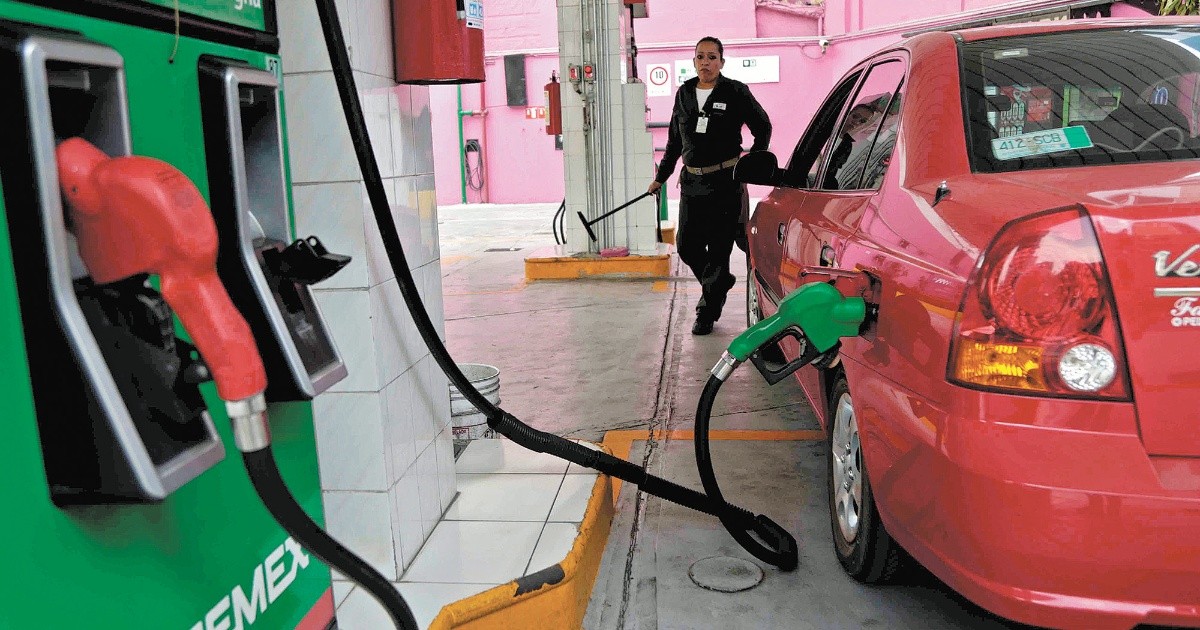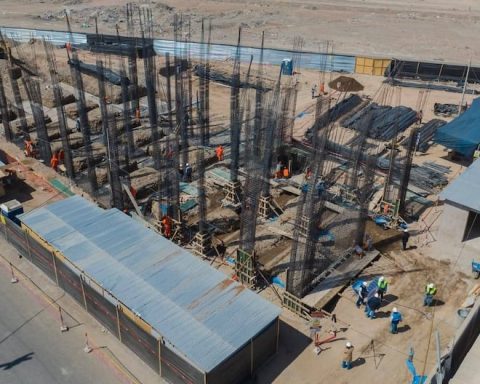From January to April, disbursements for gasoline imports grew 78.1% to a record level of 6,702 million dollars, according to revised balance of payments figures from the National Institute of Geography and Statistics (Inegi).
The advance is mainly due to a price effect, since during the period the average price of reformulated gasoline for mixture of oxygenates in the Los Angeles market –RBOB for its acronym in English and reference of the futures contracts of the Chicago market – increased no less than 64.4%, going from 1.91 to 3.14 dollars per gallon, according to figures from the Energy Information Administration, of the United States government (EIA, for its acronym in English).
In volume, imports grew just 4.4% to 452,148 barrels per day, according to figures from the Energy Information System of the Ministry of Energy. Until before this year, the record for the largest outlay for the purchase of imported gasoline was that of 2013, with 6,331 million dollars, corresponding to a volume of 372,082 fuel barrels per day and a price of 3.04 dollars for RBOB gasoline.
Only during April, the value of imports was also the highest for the same month in history, with purchases for 2,021 million dollars.
Currently, the demand for gasoline has not yet recovered its best level, but the high price of fuel is having important effects on the oil balance. During the first four months of the year, the apparent national consumption of fuel (production, plus imports, minus exports) averaged 753,129 barrels per day, a figure 10.5% higher than that of the same period in 2021, but 5% lower than the 2018 peak (792,390 barrels per day).
After the opening of the importation, distribution and commercialization of gasoline to private capital in 2016, the private sector gained ground in the final offer and in 2021 they managed to obtain 21% of the market with their own imports, but that slice has been reduced to 17%. so far this year, thanks to higher production and imports from Pemex, coinciding with higher regulatory obstacles for private companies to carry out their imports.
Impact on the balance
As of April, the deficit of the total oil trade balance was 8,053 million dollars, an amount slightly lower than the 8,143 million of January-April 2021 (record level to date), although the comparison is atypical, since the deficit of the year last year was triggered by the extraordinary imports of natural gas as a result of the frosts in Texas.
Seen from another perspective, Mexican crude oil exports grew 54% to 10,213 million dollars. However, Mexican imports of derived products –gasoline, diesel, LP gas, jet fuel, etc.– rose 64.1% to 12,579 million dollars. In other words, gasoline alone represents 53% of the value of imported derivatives and the increase in its price exceeded the rise in the price of export crude oil.

















